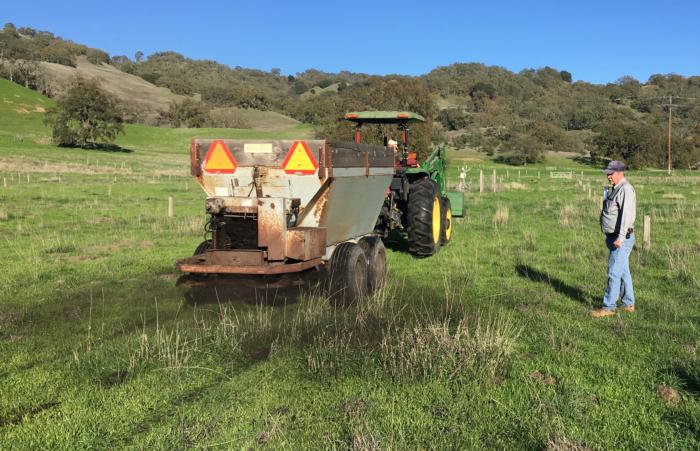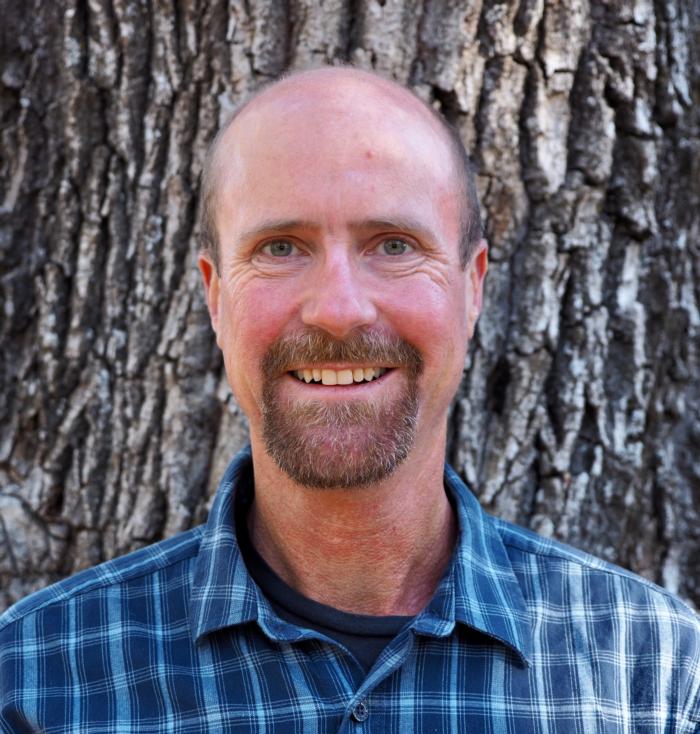Creating Economically Viable Carbon Sequestration Through Biochar and Energy Production

HREC is home to two innovative biogasifiers that turn wood chips into biochar (a substance similar to charcoal) in a way that thermally cracks off usable gas (gasification) which is then used to generate electricity to be fed into the utility power grid. Researchers are studying the feasibility of generating electricity from gasification of biomass rather than fossil fuels and developing a deeper understanding of how the biochar can be used to sequester carbon and avoid carbon emissions, thus generating marketable carbon offset credits.
Biochar is known to be a useful soil amendment because it can both improve nutrient and water retention and sequester carbon in soil. Less is known about ways biochar can be used to improve compost processes and increase soil carbon above the amount of biochar added. HREC researchers are conducting field trials of different biochar compost treatments, conducting soil sampling and analysis pre- and post-application to determine the agronomic, soil, and carbon sequestration benefits for California grazing operations and important annual grasslands. They are working with multiple partners to develop valid models to enable further research and markets for biochar and carbon offset credits.
Researcher Spotlight: John Bailey

With a BA in Biology and an MBA in Sustainable Business, John's research focus blends his interests in regenerative agriculture with his skills in business and strategic planning. He aims to produce results that support farms and sustainable land use across California. John has also been the Director here at HREC since 2018. You can reach John at jtbailey@ucanr.edu.
Learn More!
The UC Davis Biochar Database is an open-access tool for anyone interested in biochar as a soil amendment. It provides a user-friendly way to examine and compare data for a variety of biochar feedstocks, and to share biochar characterization data.


